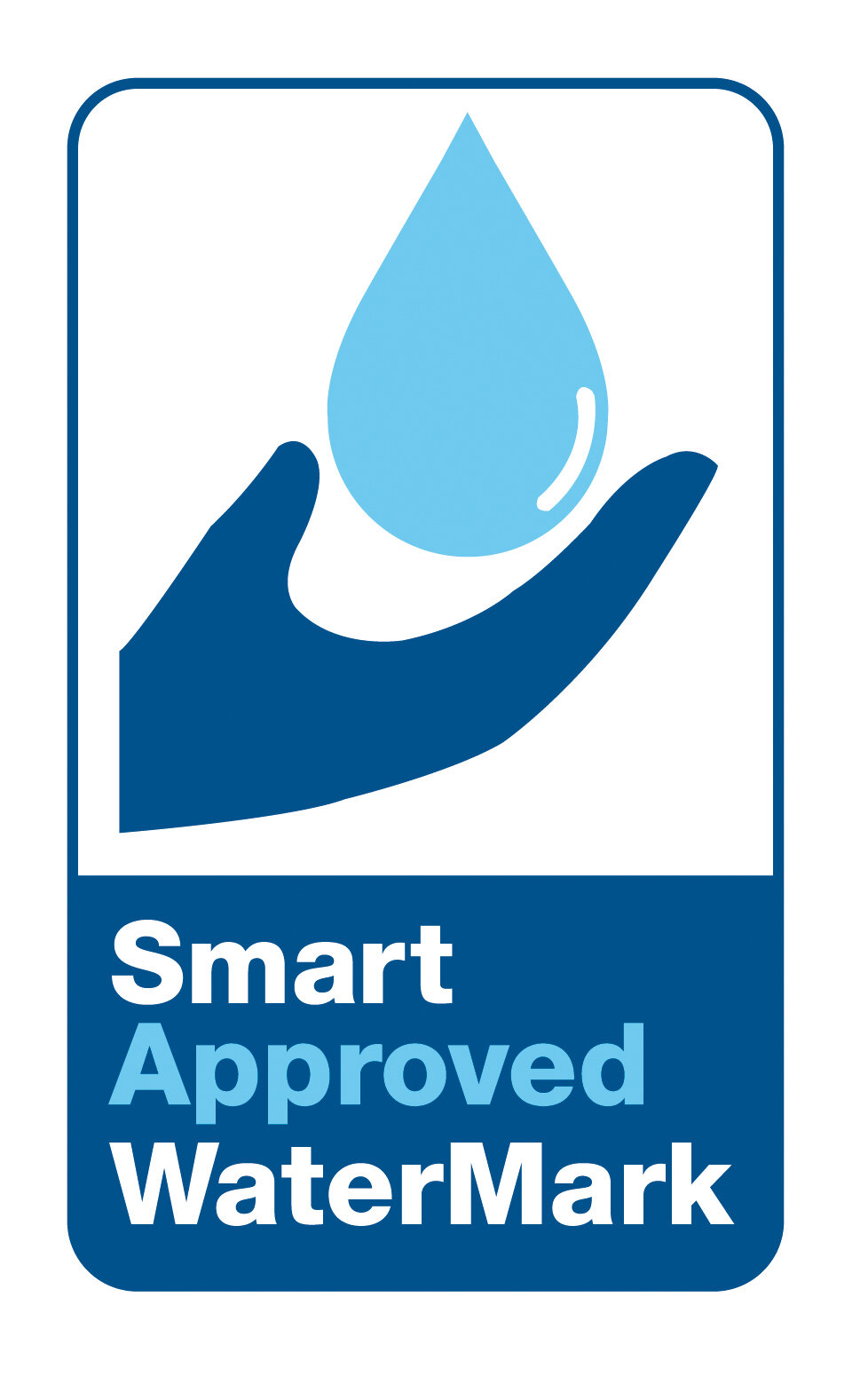Maybe it is because more of us are working at home now, but we see an upswing in interest in home urinals. While most people have never even considered installing a home urinal before, many are now thinking about it, and believe it could be an excellent addition.
One big advantage of a home urinal is that you don’t have to worry about putting the seat down. They are also easy to clean, can be relatively inexpensive, and, depending on the type selected, can last for years with little or no maintenance.
However, there are a few things we should know about urinals before getting on Amazon or some other online retail site and just selecting one. Here are some of these.
Flush or Waterless
There are two different types of urinals, flush and waterless. Each has its own features and benefits:
· Flush urinals come in different sizes, shapes, and designs and are made by many manufacturers.
· Waterless urinals also comes in different sizes, and shapes, but are made by fewer manufacturers and may not have as broad an array of design options.
· Both types of urinals are made of durable, waterproof materials such as ceramic materials, china, fiberglass or even stainless steel.
· Flush urinals must be plumbed so that water is delivered and then removed from the urinal. These installation requirements can make them more costly.
· Waterless urinals do not need to be plumbed for water. This makes them less costly to install.
· Flush urinals use about one gallon of water per flush. In some areas of the country, or during drought conditions, this may be a concern.
· Waterless urinals do not use any water. This can save water as well as money. Further, because incorporated into every water bill is a charge to deliver and remove water from the home, these charges too can be reduced.
· Waterless urinals require a cylinder to be placed at the bottom of the urinal. This blocks odors from being released into the bathroom. These can last for months and are very inexpensive. But this depends on the waterless urinal manufacturer selected.
· The flush mechanisms on flush urinals do need servicing over time. In some cases, they may need to be replaced rather than repaired, which can be costly and may require hiring a plumber.
Size matters
If the urinal will be used by all male members of the family, including young boys, it is best to select a larger urinal. Aim can become an issue with young boys, and a larger urinal can help improve accuracy and decrease floor cleaning needs.
When to Install
The best time to install a urinal is when a new bathroom is planned, or an old bathroom is being remodeled. This tends to be more cost-effective and prevents “surprises” from coming up during the installation process.
Features and Costs
The initial price of a waterless urinal, for instance, can be as little as $300. However, flush urinals can run as high as $1,000 or more. These are what we could call “designer urinals,” and are often feature-laden. While you may be excited about all the “bells and whistles” initially, these are commonly not used once the urinal is installed. For that reason, take the time to determine if you need all the extra features.
Water Consumption
Waterless urinals use no water, so consumption is not a concern with these types of urinals.
However, flush urinals can use anywhere from 0.25 gallons, 0.5 gallons to 1 gallon per flush—the less water used per flush, the greater the savings on water utility bills. What often happens is that buyers considering selecting a urinal that uses less than one gallon of water per flush decides to choose a waterless urinal instead. This is because of the savings and installation cost savings that come with choosing a waterless urinal.
Wife Approved
Finally, before making any urinal selection, make sure your wife or partner approves of the purchase. Not everyone is comfortable with a urinal in their home, and truth be told, people are still often surprised to find one there.
If you decide to purchase and install a home urinal, you don’t want any surprises. Make sure everyone sees a new urinal as a welcome home addition.























